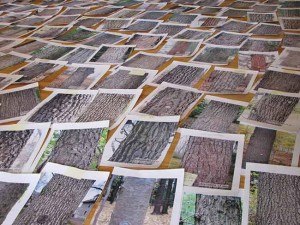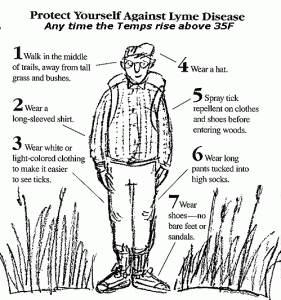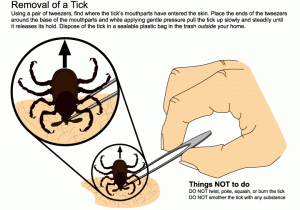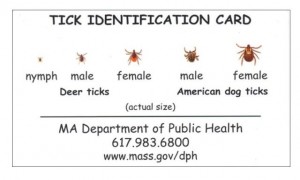A New Fleet of Wilderness Systems Kayaks
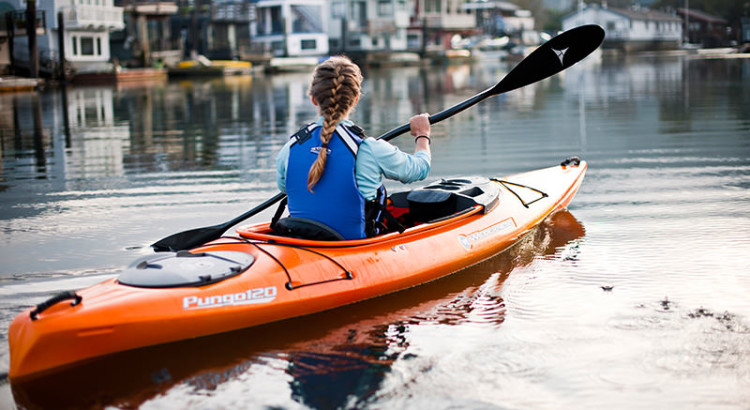
The 2017 summer season found us in the fortunate place of turning over our aging Old Town kayak fleet and replacing it with Wilderness Systems Pungo 12′ recreation kayaks, as well as two 14′ versions for instructors. These new kayaks are a big step up, both in terms of design and performance. The Pungos are faster and more stable, and also more maneuverable. The hatch cover seals and enclosures are much more user friendly. The Pungos offer three different areas of seat adjustability which also makes for a notable upgrade in comfort. On top of it all, these are significantly lighter vessels for loading, unloading, and transporting which all add up for our instructors over the summer season. Overall, AIAO staff and participants have been very happy with this upgrade to Pungo kayaks.
Dinosaurs in our Midst
 Every once in a while I have a vision – I am suddenly transported to a place in my mind where I can picture the banks of the Connecticut River swarming with large, bipedal dinosaurs. Did you know that the “first dinosaur tracks in recorded history” were found here in the Connecticut River Valley? (Or at least the first European person to take special note of them…)
Every once in a while I have a vision – I am suddenly transported to a place in my mind where I can picture the banks of the Connecticut River swarming with large, bipedal dinosaurs. Did you know that the “first dinosaur tracks in recorded history” were found here in the Connecticut River Valley? (Or at least the first European person to take special note of them…)
The story goes that in 1802, a farm boy by the name of Pliny Moody plowed up a slab of rock with tracks in it which he described as being “three-toed like a bird”. He brought it home to use as a doorstep. Local religious figures attributed the track to “Noah’s Raven”. Later the tracks were thought to have been made by a large, crocodile-like reptile and paleontologists named the creature Otozoum moodi in Pliny’s honor.
 It was an 1835 road paving project in the Greenfield area that got the attention of scientists, after a large volume of tracks were found. Dr. James Dean is credited with recognizing the scientific significance of the tracks. Professor Edward Hitchcock of Amherst College began to study the many tracks, thinking at first they were from some kind of “unknown ancient birds”. Hitchcock’s intensive study of the tracks essentially started the field of Paleoichnology (the study of fossil traces). And so it began.
It was an 1835 road paving project in the Greenfield area that got the attention of scientists, after a large volume of tracks were found. Dr. James Dean is credited with recognizing the scientific significance of the tracks. Professor Edward Hitchcock of Amherst College began to study the many tracks, thinking at first they were from some kind of “unknown ancient birds”. Hitchcock’s intensive study of the tracks essentially started the field of Paleoichnology (the study of fossil traces). And so it began.
You could spend your whole life learning about dinosaurs, of course. There are many places to learn about the history of dinosaurs in the Pioneer Valley and even visit tracks still in the ground outside. One of the most amazing places to visit is the Amherst College Museum of Natural History, since there has been study of these local dinosaurs since thye 1830’s! There is an incredible array of tracks as well as passionate staff who will impress you with their knowledge. This Yankee magazine article has a great list of “Places to see dinosaur tracks in southern New England.” The Nash Dinosaur Track Site and Rock Shop has a some great information as does the
If you have a few minutes or a lifetime, drop into this little rabbit hole of amazing history and see the place you live with new eyes.
Getting to Know Bark!
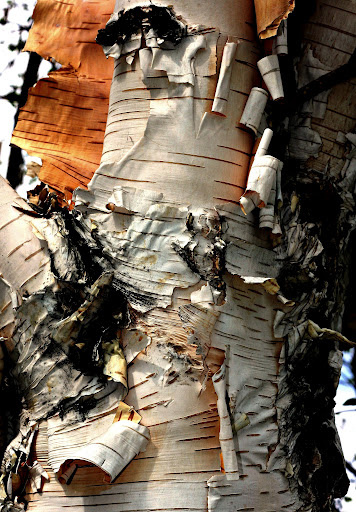
Photo by Sharon Peterson, Flickr
Last weekend, a group of AIAO’s core staff and community had the very good fortune to take part in a workshop presented by Bark author Michael Wojtech, which was simple and illuminating, and focused on some of Bark‘s basics.
Completed while obtaining his M.S. in Conservation Biology from Antioch University, Bark is an amazing and relatively simple guide for identifying trees with the information you have in front of you, rather than what may be 3o feet in the air, out of sight and out of reach. Put another way, Bark brings tree identification down to our level: naturalists, scientists, academics, nature enthusiasts, and others will find it the information in its pages invaluable.
You can visit his website, KnowYourTrees.com, and you can also check out this great article he wrote for Northern Woodlands magazine.
“Make salad, not war.”

“You could take a different view of the dandelion. It’s a view that goes back millennia, to our foraging ancestors who saw T. officinale as an herbal medicine and valuable food source. They’re good steamed, sautéed or simply blanched in hot water and drained. Dandelion leaves make a healthful salad (the best time to harvest them is early spring, before a plant blooms). Yellow flower heads can be used to make wine. The taproot can be harvested for food or to make a coffee-like beverage. The dandelion’s value on the menu is evidenced by the fact that plant breeders have developed cultivars with bigger leaves, or are self-blanching to take out the bitterness.”
For more of this great article, featuring plant expert Arthur Haines, visit Northern Woodlands.
Disclaimer and Caution: When harvesting wild edibles and medicinals you should be certain you are collecting the appropriate plants; search for classes and workshops in your area at local nature centers. Also, be careful where you harvest; yards, roadsides, high-tension power line areas, and others may utilize pesticides and chemicals to manage plants and insects.
Suggested Reading: Massachusetts Wildlife Magazine
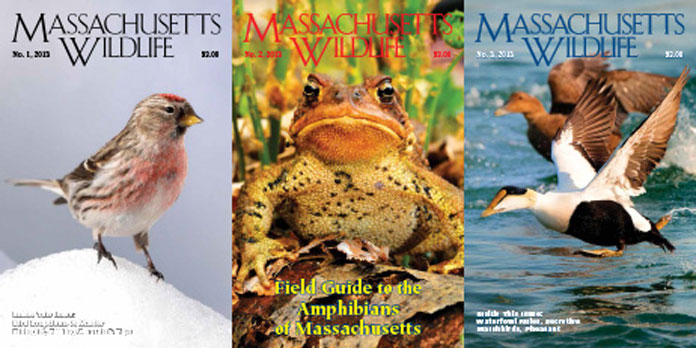
“Massachusetts Wildlife magazine is a quarterly publication packed with award-winning articles and photos on the environment, conservation, fishing, hunting, natural history and just about everything relating to the outdoors in Massachusetts.”
“Get all the inside information on wildlife and fisheries management, endangered species restoration programs, critical habitat protection and the outstanding people who are working to conserve our outdoor resources. If anyone in your family has an interest in the outdoors, this is the magazine they can’t do without!” – From the Fisheries and Wildlife Website
I’ve been thumbing through this magazine for decades (my family had a subscription all throughout my childhood, and I have one now), and it never disappoints. From the stunning photography which is often taken by Bay State residents to the insightful articles, you can’t go wrong with a subscription (my favorite recent edition is the guide to Massachusetts amphibians!).
It’s a steal for the price: one year will cost you $6, and two will cost $10. So, with the cost of conservation efforts steadily rising, and the the funds to cover them plateaued, a subscription Massachusetts Wildlife is literally a small price to pay for great information and supporting a great cause.
Check out their website today!
Go inside ‘The Bunker’ underneath the Holyoke Range
The Notch Bunker from WGBY on Vimeo.
Ever since I heard about the bunker beneath Bare Mountain in the Holyoke Range I’ve been intensely curious about it; my imagination has filled in the gaps and holes carved out back in the 1950s.
Imagine my excitement when I came across this article and video about the bunker produced by local T.V. station WGBY.
Check it out for a dose of local history; enjoy!
Suggested Reading: “Reading the Forested Landscape” by Tom Wessels
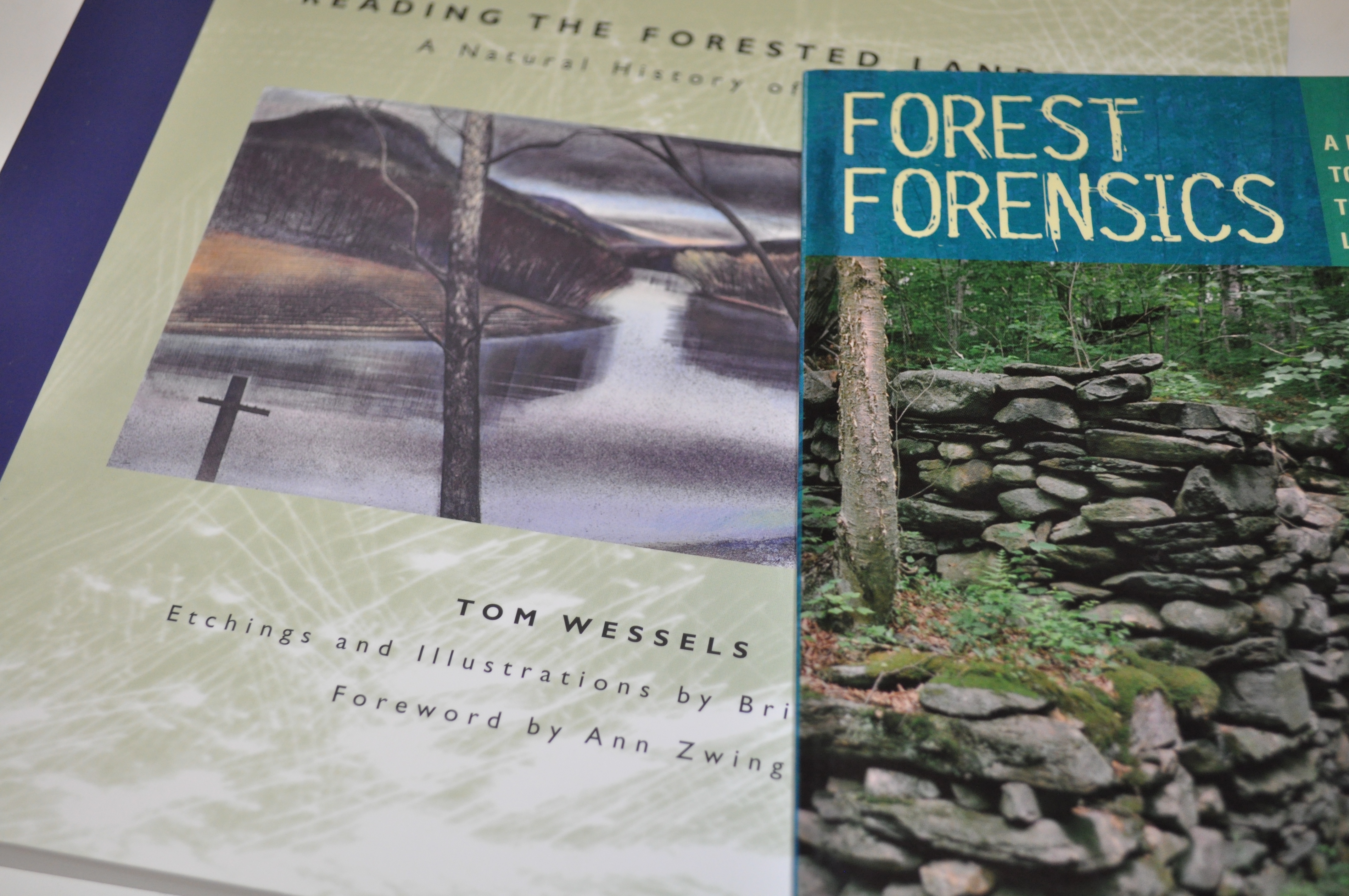
A couple of years ago while browsing in my local bookstore, Broadside Bookshop, I came across Reading the Forested Landscape by Antioch University New England faculty-member Tom Wessels. Intrigued by its concept, and always eager to add to my small library of natural history and ecology books, I picked up a copy.
What at first seemed liked just another nature-y book turned out to be so much more. Rather than take the more conventional and microcosmic approach of identifying a single tree, track, or species, Wessels seeks to understand the macrocosmic view of landscapes and ecosystems as a whole, and also through time.
Put another way, Tom Wessels tracks landscapes.
This book is a must have for any nature enthusiast, tracker, hiker or backpacker, birder, hunter, forester, etc. If you pick up a copy, it will almost certainly change the way you look at the woods and world around you forever.
And, if you’re interested in an introduction to tracking, or in honing your skills, check out our program The First Science: The Art of Animal Track and Sign.
It’s that special time of year…
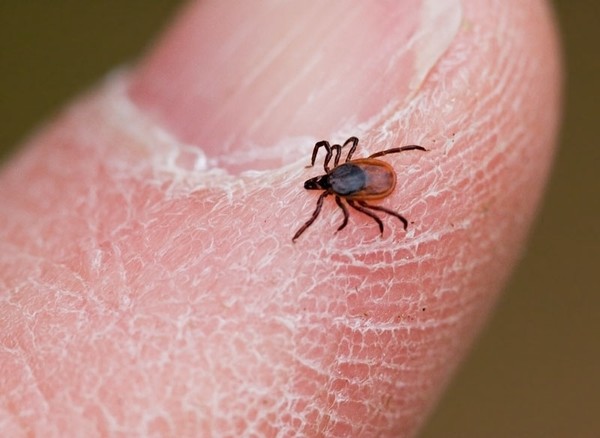
Despite the stormy weather today, spring has arrived, and along with the warm and sunny weather comes some less welcome members of the biotic community: ticks.
While I was up at Noble View in Russell, MA this last weekend with some AIAO staff and other outdoorsy types re-certifying in wilderness first aid, one of my fellow classmates found a tick on her arm. And, just like that, I went from blissful winter mode to vigilant tick-check mode.
You see, I was diagnosed with Lyme Disease a couple of years ago, and I can tell you from first hand experience that it’s no fun. And Lyme is not the only tick-borne illness to be concerned about; there are many others.
This is my reminder to you: it’s time to reinstate our regular warm weather precautions to prevent tick bites. Light colored clothing, long pants and shirt sleeves, tucking pants into long socks, using various bug repellants, avoiding tall grasses, and tick-checks are all good things to consider. But education trumps them all.
Check out the Centers for Disease Control and Prevention (CDC) tick information page
The University of Massachusetts also offers, for a fee, ttick-pathogentesting. You can visit their website for more information. You can also visit the CDC’s site for more information on the efficacy of these tests.
Gratuitous infographics:
The Importance of Screen-Free Time
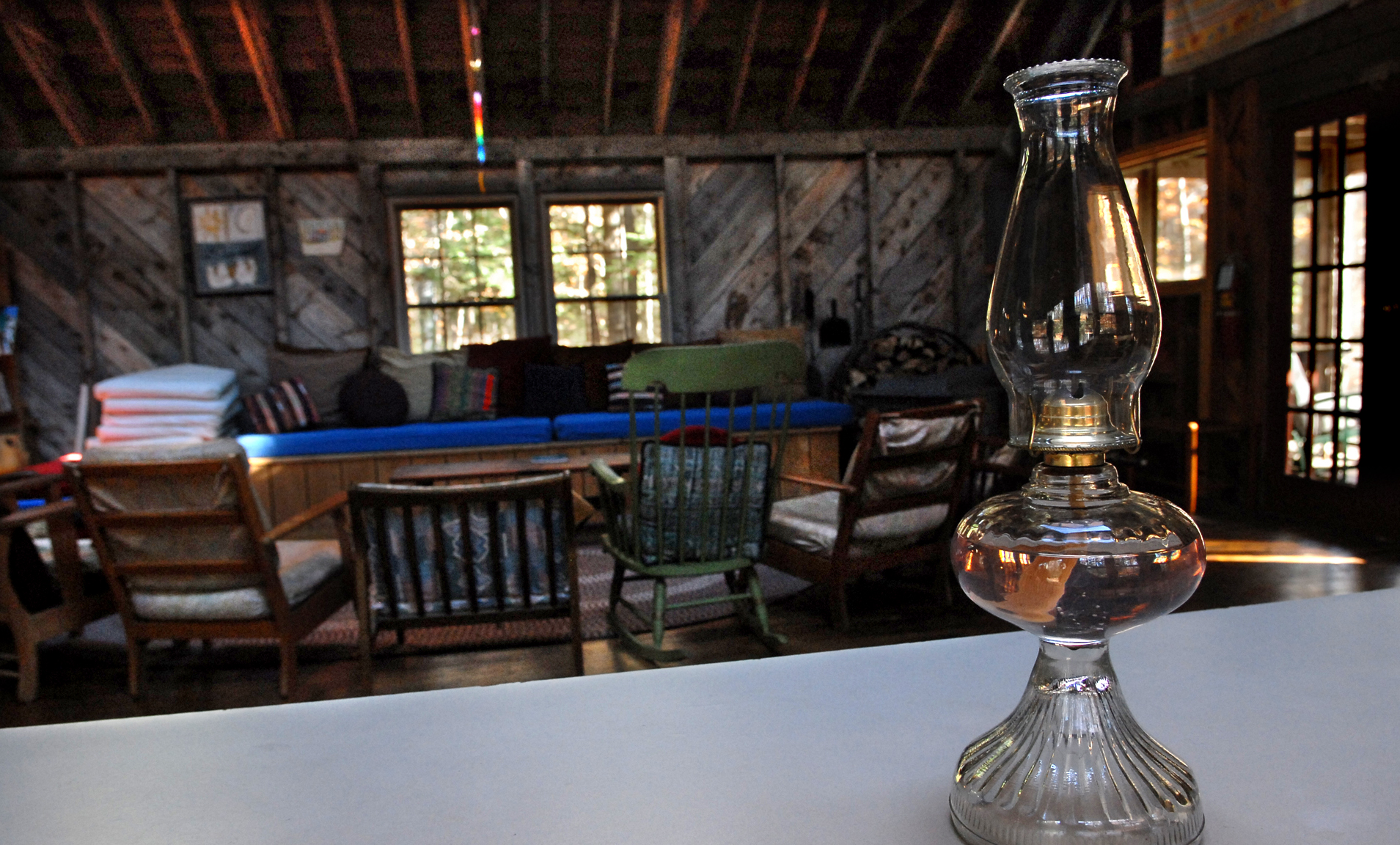
This past weekend I had the good fortune to spend a couple of nights in a small cabin at Temenos in Shutesbury, MA with my incomparable wife. A “rustic retreat center, located on Mount Mineral, about a half hour northeast of Amherst, Massachusetts,” Temenos is comprised of a cluster of cabins, a pump well, and lots and lots of woods. Put another way, there’s no electricity, wi-fi, computers, phones, or television; you’re seriously unplugged.
Not surprisingly, without many of the things that tend to divert our energy and attention, this lent itself to a deeper level of connection and communication. Our weekend was lovely, and I can’t recommend Temenos more highly.
I wasn’t surprised, then, when I read on NPR’s blog this morning about the August First Bakery & Cafe in Burlington, VT, a small eatery which has chosen to ban all large screens (lap-tops, and presumably tablets) from its tables and booths. Originally inspired by fiscal realities, the cafe’s owner Jodi Whalen also acknowledged the social impact they were having: “To walk into a place and see people looking at their screens with a blank stare, it takes away…the community aspect of it — of you being in a place with other people.” How true!
So, consider this a plug for unplugging: take some tech-free time with some friends and/or loved ones, play a favorite board game, turn off your computer and phone a little earlier tonight and sit with a good book, or even commit to limiting your tech-time each day. I guarantee you’ll appreciate the difference.
Happy trails!
Dave Hayes the Weather Nut
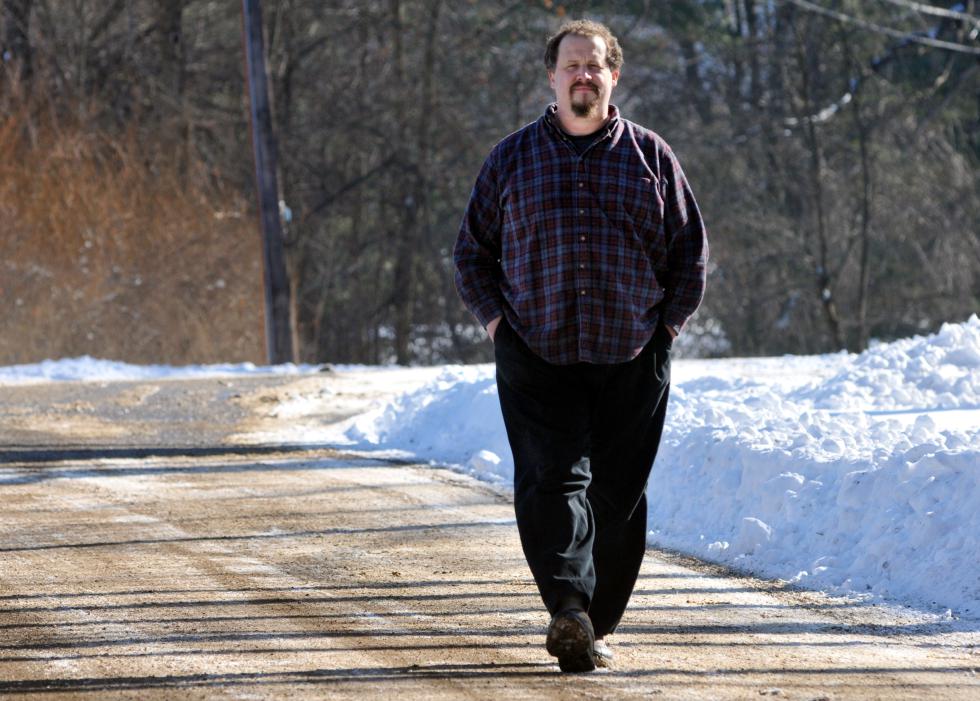
If you’re a resident of the Connecticut River Valley, or Western Mass in general, you’ve most likely heard of Dave Hayes. But for those who haven’t…
Bob Dylan sang, “You don’t need a weatherman to know which way the wind blows,” and while that may be true, no matter the season, it can be really handy to have the most accurate weather forecast. How many times have you made travel, vacation, or day plans only to have them stymied by unexpected weather?
Enter Dave Hayes. An amateur meteorologist with a growing following, Hayes goes by the name “The Weather Nut,” and for good reason: he’s obsessed with meteorology! So much so that he pours over forecasts and reports from numerous sources to create the most accurate weather forecasts you’ll find for the area. He’s not perfect (is there such a thing as a perfect meteorologist?), but he’s the closest you’ll find to it, and his forecasts for weather onset, duration, precipitation amounts, etc. are almost always spot on.
He posts regularly, and you can ‘like’ his Facebook page here.
If you’re interested in learning more about him, you can check out this Gazettenet article as well.
Don’t worry, folks: spring is coming!
 Adventure In Adventure Out
Adventure In Adventure Out